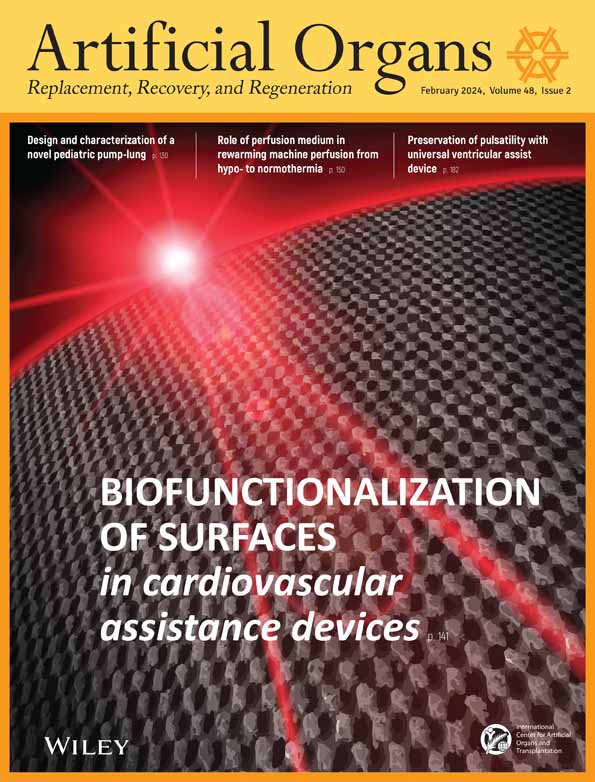Fabrication and characterization of a hydrocolloid wound dressing functionalized with human placental derived extracellular matrix for management of skin wounds: An animal study
Davod Jafari and Mazaher Gholipourmalekabadi contributed equally to this work.
Abstract
Background
Functionalization of wound dressing is one of the main approaches for promoting wound healing in skin wound management. In this study, our aim is to fabricate a bio-functionalized hydrocolloid wound dressing.
Methods
The extracellular matrix (ECM) was extracted from human placental tissue. A hydrocolloid film was fabricated using Na-CMC, pectin, gelatin, styrene-isoprene-styrene adhesive, glycerol, and 0.5%–2.5% powdered ECM. A polyurethane film and a release liner were used in the hydrocolloid/ECM films. The mechanical, adhesion, swelling rate, and integrity of the films were investigated. Cell proliferation, adhesion, and migration assays, as well as, SEM and FTIR spectroscopy were also conducted. Macroscopic and microscopic evaluations of wound healing process and formation of blood vessels were conducted in mouse animal models.
Results
We successfully fabricated a three-layered ECM-functionalized hydrocolloid dressing with a water vapor transmission rate of 371 g/m2/day and an adhesion peel strength of 176 KPa. Cellular adhesion, proliferation and migration were promoted by ECM. In the animal tests, ECM-functionalized hydrocolloids significantly improved wound closure and re-epithelialization at days 14 and 21. Also, ECM-functionalized hydrocolloids promoted the formation of hair follicles.
Conclusions
Our findings suggest that ECM could enhance the wound healing properties of hydrocolloid wound dressings. This wound dressing could be considered for application in hard-to-heal acute wounds.
CONFLICT OF INTEREST STATEMENT
AS, MG, and DJ are inventors and owners of a wound dressing patent-related to this project, which has been filed in the Iranian Intellectual Property Office, but has not been licensed yet. AS and MG are shareholders, CEO (AS), and Chairman of the Board (MG) of Baztarmim Company, which is mainly focused on production of tissue engineering products. Other authors have no conflicts of interest to declare.




